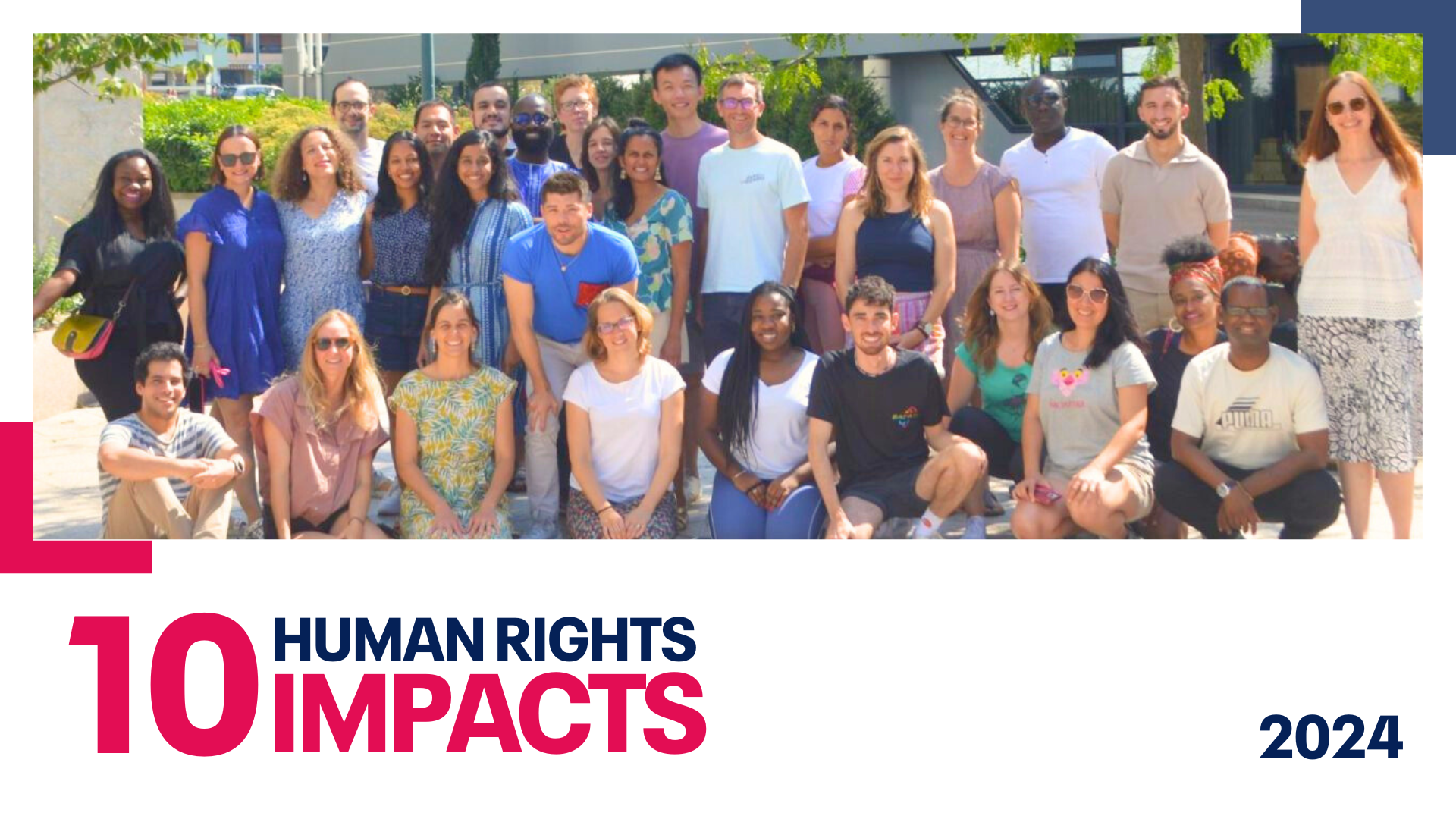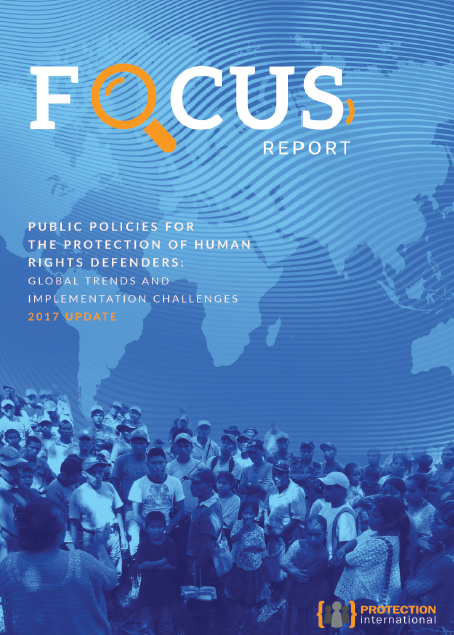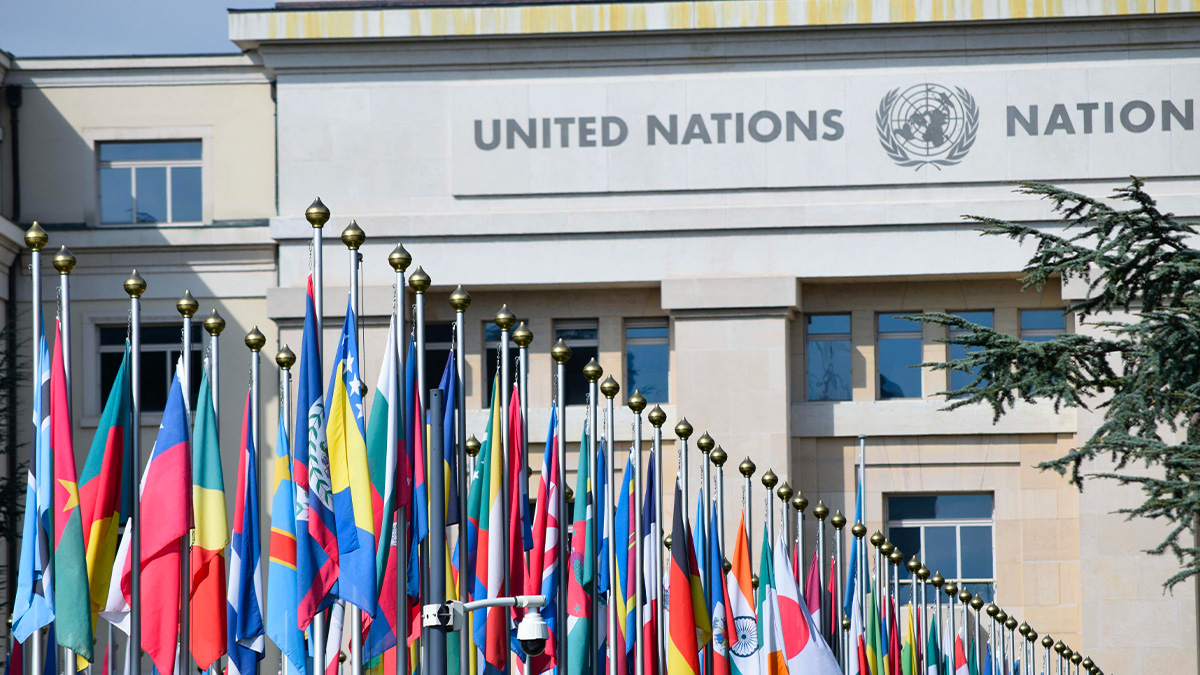
ISHR’s 2024 highlights
Here are 10 human rights impacts we achieved in partnership with defenders and partners from around the world, with the support of our donors!

A conducive legal framework is a necessary, although by no means sufficient, element of a safe and enabling environment for the work of human rights defenders (HRDs). This requires both the absence of laws and policies which restrict or, even, criminalise the work of HRDs, and the enactment and effective implementation of laws and policies which support and protect their work, writes ISHR director Phil Lynch.
In recent years, a number of states – Mexico, Côte d’Ivoire and Honduras among them – have enacted specific laws on HRDs, which have the potential to provide both enhanced protection for, and public recognition of, the vital work of HRDs. However, the experience of each of these jurisdictions also demonstrates that success is highly contingent on close civil society engagement in the development of the law, adequately-resourced provisions which give full force and effect to the UN Declaration on Human Rights Defenders, and high-level political support for the effective implementation of the law.
ISHR’s project to develop a model national law on HRDs should be seen in this light, as it is being developed at a time when an increasing number of jurisdictions (Mali, Burkina Faso, Sierra Leone and Tunisia among them) are looking to develop laws for the protection of HRDs, while, regrettably, a still larger number of states is promulgating laws which restrict HRDs’ work.
Informed by in-depth legal research in over 40 jurisdictions, together with face-to-face consultations with over 400 HRDs from over 100 states, held in Bangkok (Thailand), Tblisi (Georgia), Tunis (Tunisia), Bogotá (Colombia), Guatemala City (Guatemala), Kampala (Uganda), Abidjan (Côte d’Ivoire) and Florence (Italy), the project was intended to develop model legislation which responds to the situation and protection needs of HRDs, draws on good practice, and learns from the deficiencies and difficulties associated with existing HRD laws and policies in other jurisdictions.
Drawing on these invaluable inputs, the model law was drafted with the technical assistance of leading international lawyers from Freshfields Bruckhaus Deringer. The draft was reviewed and finalised by eminent HRDs and experts including Navi Pillay (former UN High Commissioner for Human Rights), Hina Jilani (former UN Special Rapporteur on Human Rights Defenders) and Sir Nicolas Bratza (former President of the European Court of Human Rights). Ultimately, it is envisaged that the model law will be used by states to develop laws, policies and institutions at the national level to support the work of HRDs and protect them from reprisals and attacks. It will also serve as a valuable tool for HRDs advocating for stronger legal recognition and protection of their important work.
Six key insights
So what have our research and extensive consultations taught us regarding the development, enactment and implementation of a national law on the protection of HRDs? I would identify six key insights.
First, it is imperative that HRDs are properly consulted and engaged throughout the process of drafting a law and continue to be engaged in monitoring and assessing its implementation and effectiveness. Such an approach is more likely to ensure that a law is responsive to the situation and protection needs of HRDs, both in its content and its implementation. In this regard it is also imperative that HRDs are directly included in the governance and decision-making structures of any protection mechanism.
Second, any national law should conform to international law, drawing on the UN Declaration on Human Rights Defenders as a baseline rather than a ceiling. This includes ensuring that the law adopts an inclusive functional rather than vocational definition of HRDs, comprehensively enshrines the rights set out in the Declaration and other relevant international human rights treaties without reservation or selectivity, and does not introduce conditions or seek to impose or imply ‘responsibilities’ on HRDs that may impair those rights. The law should also clearly articulate the obligations of both state and non-state actors (including business enterprises), and contain provisions for the enforcement of these obligations and penalties and remedies if they are contravened.
Third, any law and protection mechanism should be drafted and implemented having regard to the particular vulnerabilities and protection needs of specific groups of HRDs, including women (WHRDs). Article 9 of Côte d’Ivoire’s Law on the Protection of Human Rights Defenders is a good example of this.
Fourth, ensuring that HRDs can operate in a safe and enabling environment not only requires effective measures to protect HRDs at risk, but also preventative measures and approaches which identify and respond to systemic and structural risks and barriers affecting the work of HRDs. This should be reflected in the mandate and activities of any HRD protection mechanism, whether it focuses on an A-status national human rights institution or a specific mechanism established under the law.
Fifth, it is clear that the mere enactment of an HRD law, however comprehensive, is not sufficient, and that to be effective it must enjoy high-level political support and be adequately resourced in order to ensure full and effective implementation. Its promulgation should also be accompanied by consequential amendments to, or repeal of, laws which are incompatible with the Declaration and restrict the work of HRDs, such as those restricting NGO access to funding and resources or that unduly limit the rights to freedom of expression, association and peaceful assembly.
Finally, the international human rights community and international and regional human rights mechanisms have a vital role to play both in highlighting and complementing national level advocacy for better HRD protection and in monitoring and scrutinising how national HRD laws and policies are working in practice.
Self-evidently, a national HRD law is not a panacea for the risks and restrictions facing many HRDs. ISHR’s extensive research and consultations do confirm, however, that the explicit legal recognition and protection of HRDs is a necessary, though insufficient, element of establishing and maintaining a safe and enabling environment for their work. It further confirms that HRDs working in diverse countries and contexts consider that the development of a model national law would be a valuable contribution to the development and enactment of legislation that implements the Declaration on Human Rights Defenders effectively at the domestic level.
Author:
Phil Lynch is the Director of the Geneva-based International Service for Human Rights. Follow him at @PhilALynch
This piece was first published by Protection International in its Focus Report 2017, under the title “The development and role of national laws in the protection of human rights defenders”

Photo: ISHR

Here are 10 human rights impacts we achieved in partnership with defenders and partners from around the world, with the support of our donors!

In 2024, national, regional, and international courts took action to protect and recognise the rights of human rights defenders. In this article, we explore some of the key cases that have shaped the legal landscape for those advocating for human rights.

On the occasion of the 30th Annual Meeting of Special Rapporteurs, Independent Experts and Chairs of Working Groups, civil society organisations have called for enhancing transparency, coordination, cooperation and measures to promote civil society engagement with the system of Special Procedures.